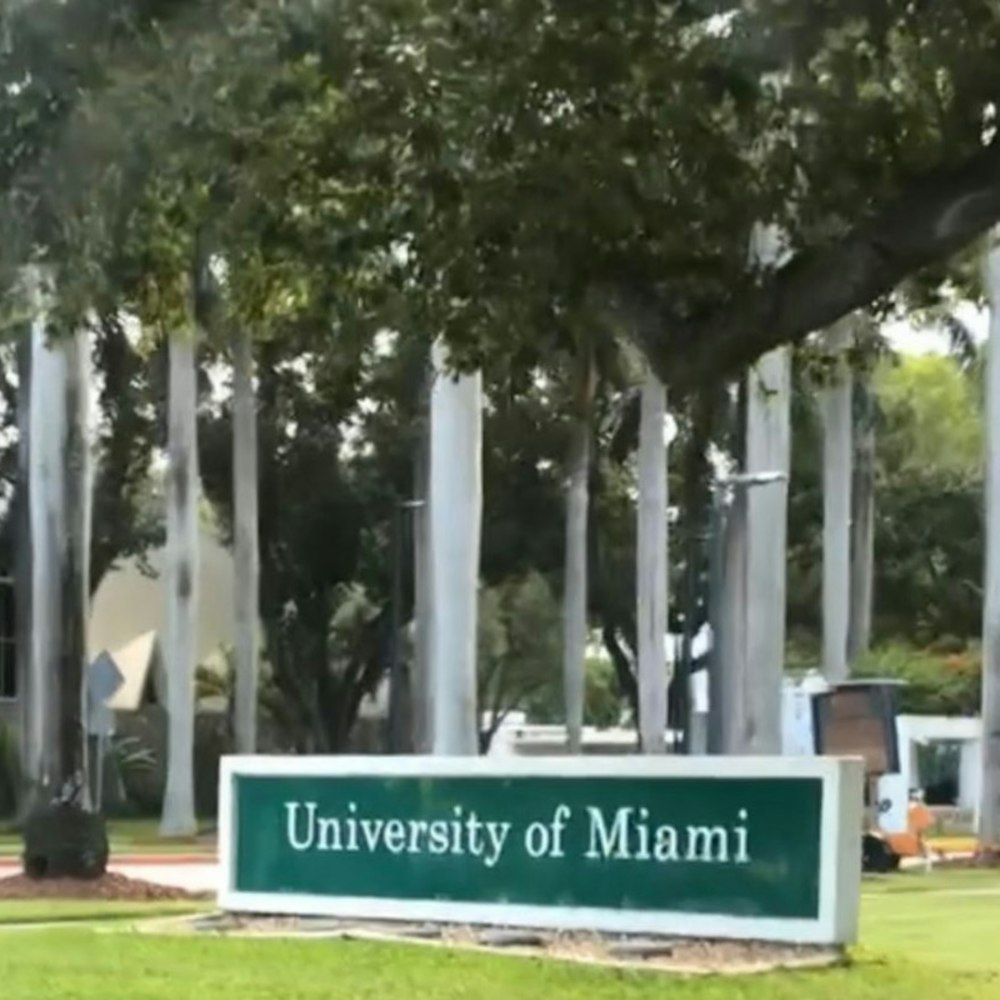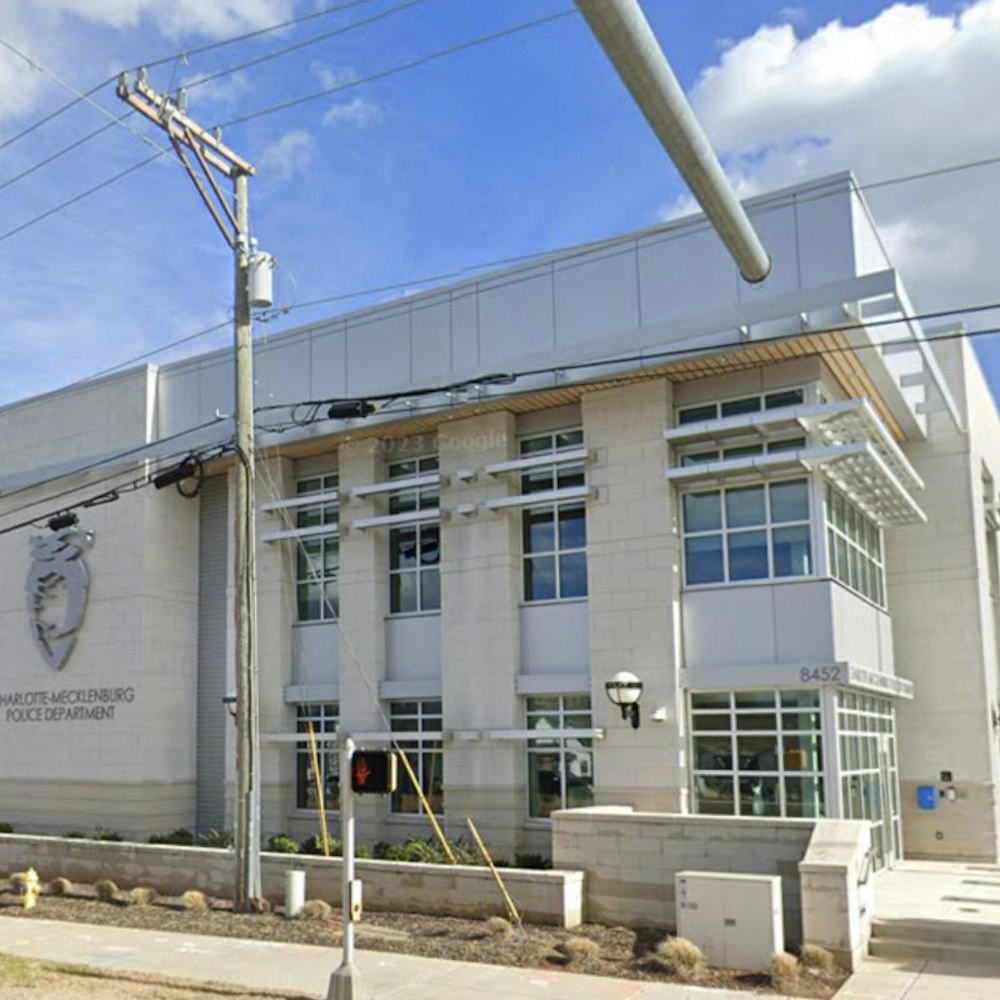
In a recent move by the Healey-Driscoll administration, the final details of a new nine-month limit on stays within Massachusetts Emergency Assistance (EA) family shelters have been laid out. Geared towards families with children and pregnant women in precarious housing situations, this policy emerged due to strains both on capacity, which hit a ceiling last year at 7,500 families, and on the fiscal stability of the EA program, as reported by mass.gov.
With the state at its limits, Governor Maura Healey emphasized that Massachusetts has been shouldering what she describes as a federal responsibility, providing resources like work authorizations and job placements, particularly for the large proportion of immigrant families dependent on EA. These efforts seem fruitful, as the number of families leaving the EA system has steadily increased each month, with more than 331 families rehoused in May alone. However, the shelter system is a complex landscape where families come with histories that long predate the current administration's involvement, and solutions are inevitably tangled in red tape and administrative processes. Notices advising of the impending policy shift, including information on eligibility for possible 90-day extensions, will start reaching roughly 150 families from early July, kicking off a phased rollout designed to minimize disruption.
Support during this transition isn't solely dependent on government directives; collaboration with service providers plays a crucial part in the administrative strategy. The Executive Office of Housing and Livable Communities (EOHLC) is tasked with the hefty responsibility of clear communication and resource allocation, their effort is buttressed by the Executive Office of Labor and Workforce Development's (EOLWD) $10 million budget allocation aimed at enhancing workforce training for sheltered residents.
A further fiscal incentive comes at the intersection of public need and private enterprise, with the Department of Revenue dispatching guidelines for a Temporary Authorized Training Tax Credit for businesses training individuals from EA shelters. This signals the symbiosis between government aid and the private sector's role in social remedies. For companies willing to invest in job training for shelter residents, a tax credit may be the push needed to create new opportunities. Between November 2023 and now, such cooperative efforts have seen 3,716 immigrants apply for work authorizations and 1,114 EA residents gain employment — a testament to both individual resilience and the efficacy of targeted assistance programs.
Ultimately, the adjustments to EA policy are not standalone measures but pieces of an overarching bid to strengthen the net that catches families falling into homelessness. With strategies enveloping education, like the allocation for ESOL classes, to engagement requirements at safety-net sites, the state is banking on these policy webs being robust enough to not just catch, but lift families out of the chasms of instability.
-1.webp?w=1000&h=1000&fit=crop&crop:edges)








